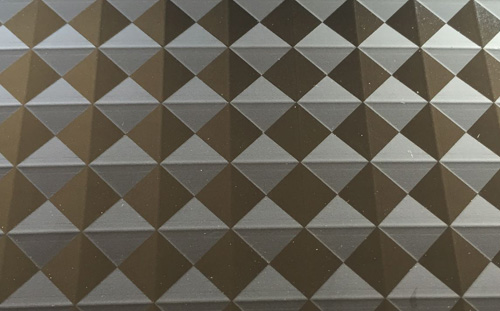A press plate is a specialized tool used in various industrial processes, primarily in manufacturing and printing applications. Here’s an overview of what a press plate is, its types, uses, and characteristics:
A press plate is a flat, usually rigid, surface that is used to transfer pressure and often heat to materials during various processes. It can be made from a variety of materials, including metal, plastic, or composite materials, depending on the application.
Printing Press Plates
Photopolymer Plates: Used in flexographic printing, these plates are made from a light-sensitive polymer that hardens when exposed to UV light.
Metal Plates: Common in offset printing, these plates are typically made from aluminum and are etched with the desired image or text.
Screen Printing Plates: Used in screen printing, they allow ink to pass through specific areas to create designs on various substrates.
Heat Press Plates
Heat Transfer Plates: Used in heat transfer printing, these plates apply heat and pressure to transfer designs onto fabrics or other surfaces.
Sublimation Plates: Used for sublimation printing, these plates enable the transfer of dye onto materials like polyester.
Die Plates
Stamping Plates: Used in metalworking, these plates help shape or cut materials through stamping processes.
Molding Plates: Used in plastic injection molding, these plates form the shape of the final product.

Printing: Press plates are crucial in various printing methods, enabling the transfer of ink or designs onto materials like paper, textiles, and plastics.
Manufacturing: In industrial settings, press plates are used in processes such as stamping, molding, and die-cutting, allowing for the shaping and forming of materials.
Heat Transfer: In textiles and promotional products, heat press plates are used to apply designs and logos onto garments and other items.
Material: The choice of material for a press plate depends on the specific application. Metals like aluminum and steel are common for durability, while polymers may be used for specific printing applications.
Flatness: Precision in flatness is crucial for ensuring even pressure distribution during the pressing process, leading to consistent results.
Thermal Conductivity: For heat press applications, good thermal conductivity is essential to ensure uniform heating across the plate.
Press plates play a vital role in various industries, including printing, manufacturing, and textiles. Their ability to transfer pressure and sometimes heat makes them essential tools in creating high-quality products and designs. Understanding the different types and applications of press plates can help industries choose the right tools for their specific needs.



View More(Total0)Comment Lists